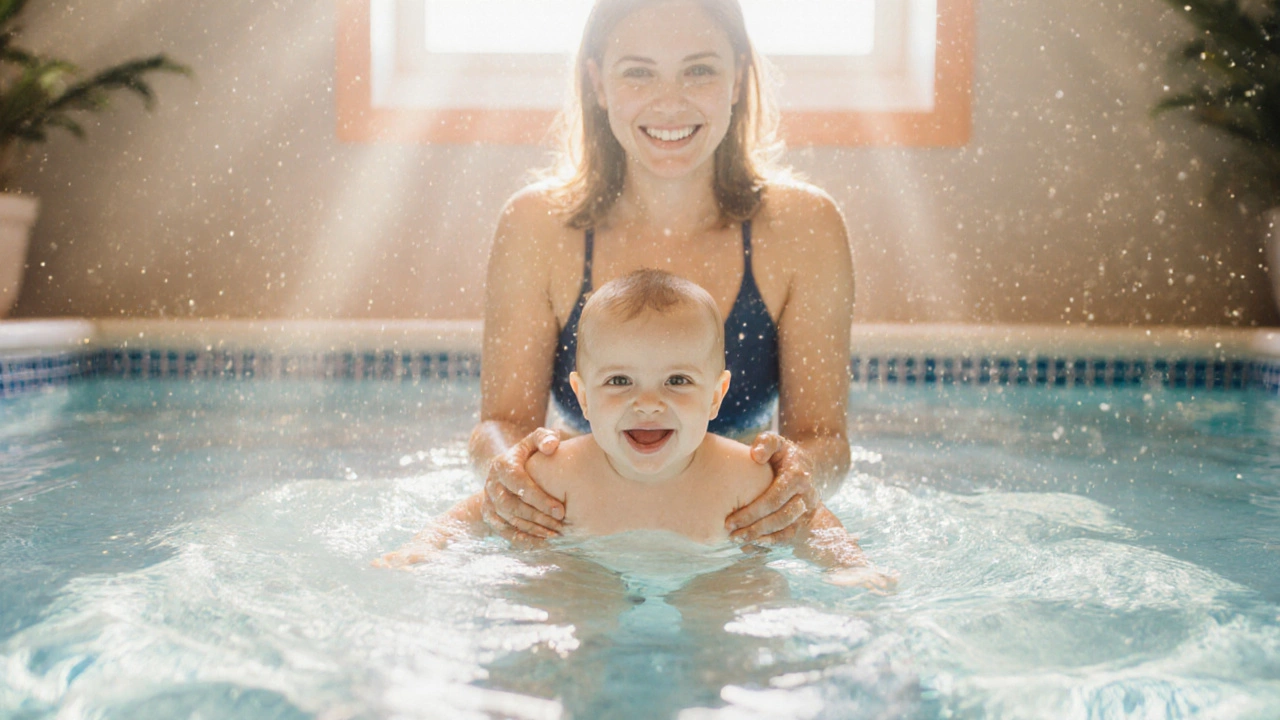Child Water Safety
When thinking about child water safety, the practice of keeping kids protected while they play, swim, or learn in and around water. Also known as young swimmer safety, it blends education, equipment, and constant vigilance to prevent accidents.
One of the first building blocks is swim lessons, structured programs that teach children how to float, kick, and breathe safely in water. These classes not only boost confidence but also give kids the basic techniques needed for self‑rescue. Pair lessons with the right water safety equipment, floatation devices, pool alarms, and child‑size life jackets designed to keep a youngster afloat if they slip. When equipment matches a child’s size and skill level, the risk of drowning drops dramatically.
Even the best gear and training can’t replace parental supervision, the active, attentive watchfulness of an adult whenever a child is near water. Studies show that most incidents happen when a caregiver is distracted, so keeping phones aside, staying within arm’s reach, and learning basic rescue moves are non‑negotiable habits. Together, swim lessons, proper equipment, and vigilant supervision create a safety net that protects children from everyday water hazards.
Key Elements of Safe Swimming for Kids
First, choose a certified swim lesson program that follows a progressive curriculum—starting with water familiarisation, moving to basic strokes, and ending with emergency skills. Look for instructors with child‑first certifications; they’ll know how to spot fear cues and adjust drills on the fly. Next, fit each child with a CE‑marked life jacket or float‑ation aid that’s snug but comfortable. An ill‑fitting vest can slip off, turning a safety device into a hazard.
Keep the pool environment tidy: clear away toys, maintain proper water depth markings, and use non‑slip mats around the pool deck. Install barriers like pool fences with self‑locking gates—most accidents occur when children slip through open doors or climb over low fences. If you’re near natural water bodies, invest in a personal flotation device (PFD) that meets local standards and educate the child on currents and underwater hazards.
Finally, practice emergency drills regularly. Simple actions—like yelling for help, pointing to the nearest adult, or performing a basic “reach‑or‑throw” rescue—can become second nature when rehearsed often. Keep a waterproof first‑aid kit handy and know the CPR steps for infants and children; a quick response can be the difference between a close call and a tragedy.
All these pieces—structured lessons, reliable gear, watchful adults, and emergency readiness—form a cohesive safety system. Below you’ll find a range of articles that dive deeper into each area, from choosing the best flotation device to teaching kids how to stay calm in a pool emergency. Explore the collection to boost your confidence and keep your little swimmers safe, no matter where the water is.
What Age Is Ideal for Starting Swim Lessons?

Find out the ideal age to start swim lessons, see how child development, safety and class types affect readiness, and get a checklist for picking the right program.
